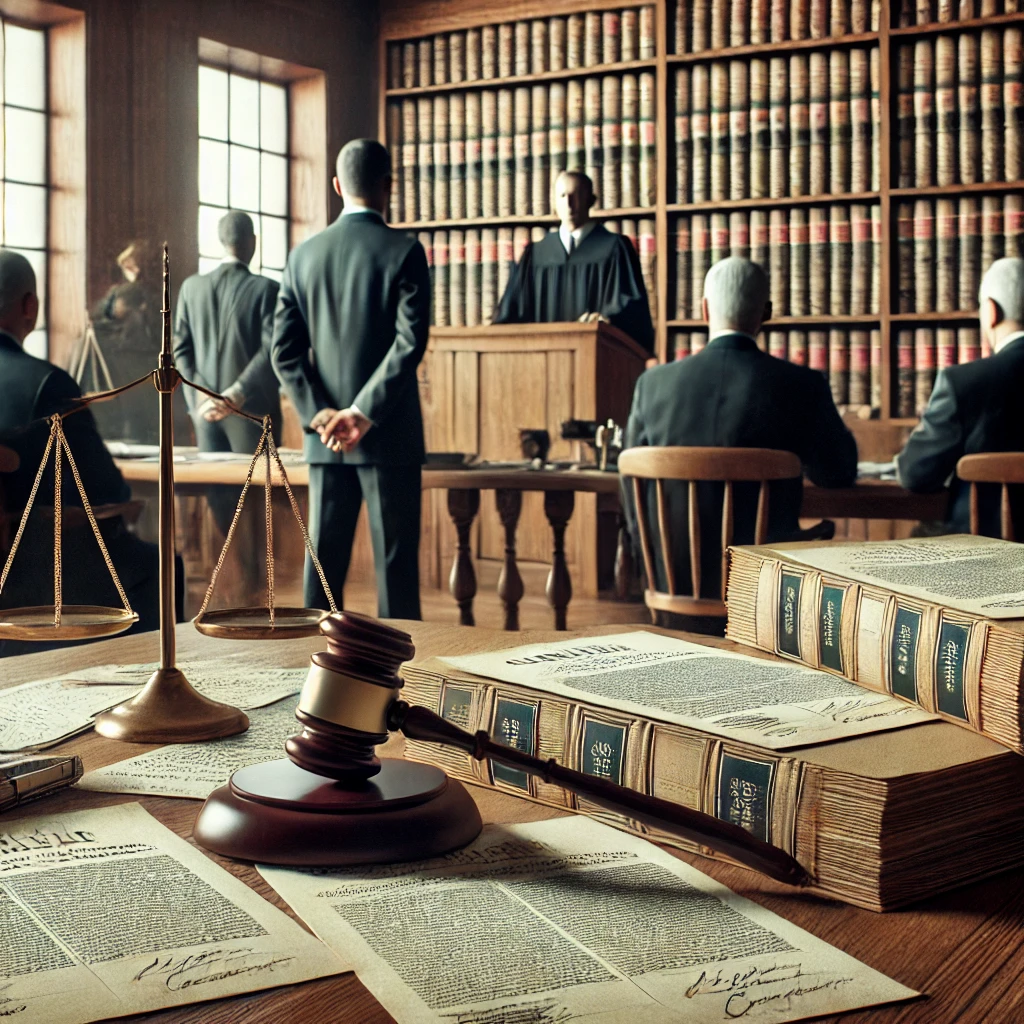Washington State’s Evidence Rule (ER) 1003 addresses the admissibility of duplicates in legal proceedings. This rule is an essential aspect of evidence law as it allows for duplicates of documents, recordings, and photographs to be used in court under specific conditions. Here’s a breakdown of ER 1003 and its implications in Washington courts.
What is ER 1003?
ER 1003 states that a duplicate is generally admissible in court to the same extent as an original. This means that copies of documents, recordings, or photographs can be presented as evidence without needing to produce the original item. However, there are two important exceptions to this rule:
- Authenticity Concerns: If there is a genuine question regarding the authenticity of the original document, recording, or photograph, the duplicate may not be admissible. For example, if a party claims that the original document has been tampered with or altered, the court may require the original to be presented instead of a duplicate.
- Unfairness in Admitting the Duplicate: In certain circumstances, admitting a duplicate instead of the original might be considered unfair. For instance, if the original document has unique features that are critical to the case, such as handwritten notes or signatures, relying on a duplicate could disadvantage one of the parties.
Why is ER 1003 Important?
ER 1003 provides flexibility in legal proceedings by allowing the use of duplicates, which can be more convenient and practical than always requiring original documents. This rule is particularly significant in cases where the original document is lost, damaged, or otherwise unavailable. By permitting duplicates, ER 1003 helps streamline the legal process while still safeguarding against potential misuse or fraud.
How Does ER 1003 Impact Legal Proceedings?
In Washington courts, ER 1003 plays a crucial role in determining what evidence can be admitted. Attorneys and parties involved in legal disputes must be aware of this rule when preparing their cases. If a party intends to use a duplicate as evidence, they should be prepared to address any challenges regarding the authenticity of the original or potential unfairness.
For instance, in cases involving contracts, financial records, or other critical documents, parties may rely on duplicates to prove their claims or defenses. However, they should also be ready to present the original if questions about authenticity arise.
Conclusion
Washington’s ER 1003 simplifies the process of admitting evidence in court by allowing duplicates to be used under most circumstances. However, it also ensures that the integrity of the legal process is maintained by providing exceptions for cases where authenticity or fairness is in question. Understanding this rule is essential for anyone involved in legal proceedings in Washington State.
For more detailed information, you can review the full text of ER 1003 on the Washington Courts website.
📞 Need Legal Help? Contact Blanford Law Today.
If you or someone you know has been accused of a crime or injured because of someone else’s negligence, don’t face the legal system alone. Call Blanford Law at (253) 720-9304 or email ken@blanfordlaw.com for experienced, effective legal representation in Washington State.

Additional Resources📚 Washington Evidence Rules Explained
Washington ER 1003 – Admissibility of DuplicatesUnderstanding Washington’s ER 1002 – Requirement of the OriginalUnderstanding Washington’s ER 1004 – Admissibility of Other Evidence of ContentsUnderstanding Washington’s ER 1006 – Summaries of Voluminous RecordsWashington ER 1007 – Testimony or Written Admission of PartyWashington Rule of Evidence 1007 – Legal Framework Overview
🧑⚖️ Related Rules for Legal Strategy
Understanding ER 609 – Impeachment by Evidence of Conviction of CrimeUnderstanding Washington Rule of Evidence 413 – Similar Acts in Criminal and Civil CasesUnderstanding Washington’s ER 603 – Oath and Affirmation in Court Testimonies
